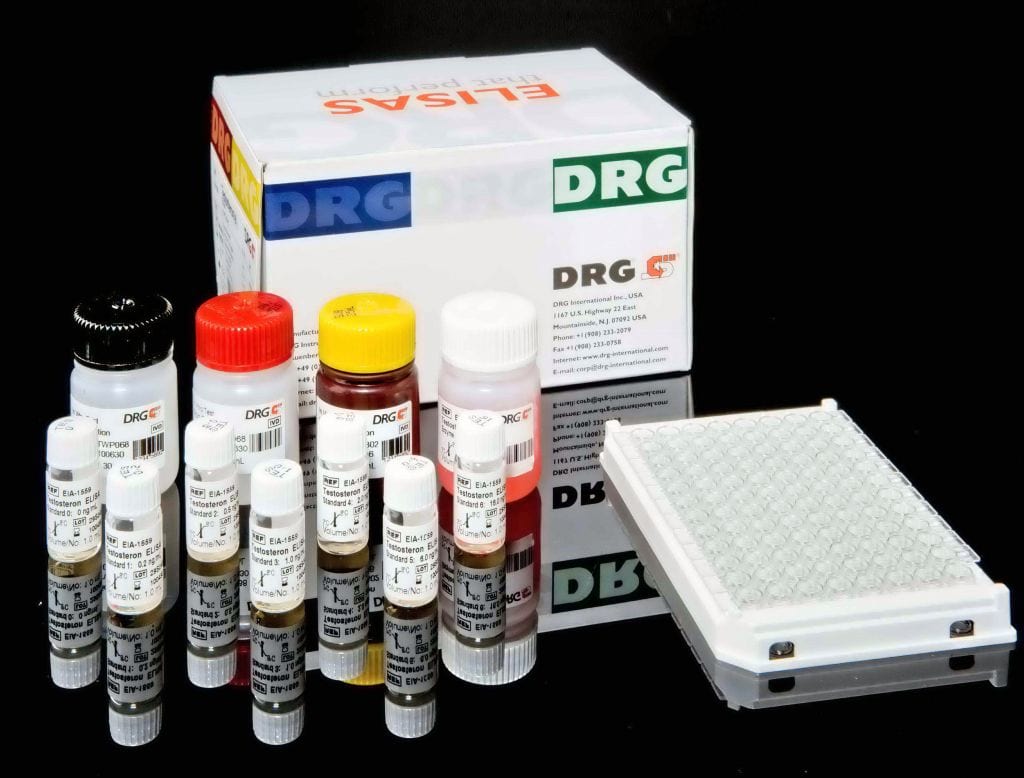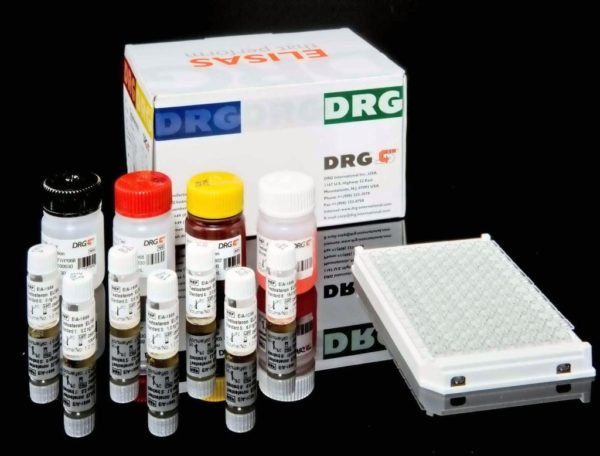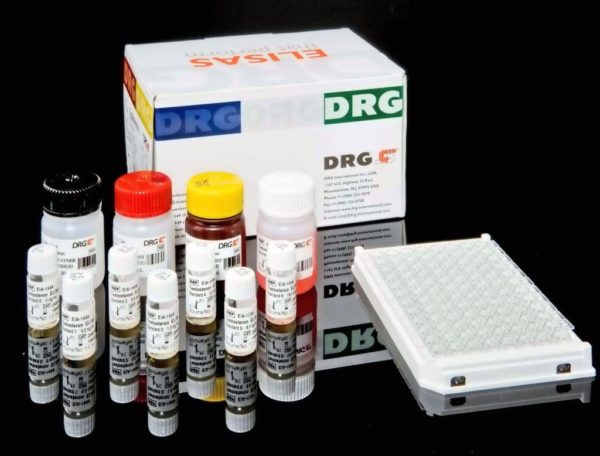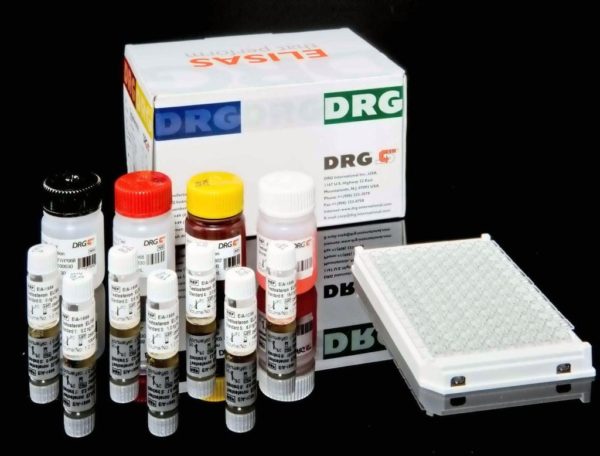Description
For the quantitative determination of the Cancer Antigen CA 19-9 concentration in human serum.
a group of mucin type glycoprotein Sialosyl Lewis Antigens (SLA), such as CA19-9 and CA19-5, have come to be recognized as circulating cancer associated antigens for gastrointestinal cancer. CA19-9 represents the most important and basic carbohydrate tumor marker. The immunohistologic distribution of CA19-9 in tissues is consistent with the quantitative determination of higher CA19-9 concentrations in cancer than in normal or inflamed tissues. Recently
reports indicates that the serum CA19-9 level is frequently elevated in the serum of subjects with various gastrointestinal malignancies, such as pancreatic, colorectal, gastric and hepatic carcinomas. Together with CEA, elevated CA19-9 is suggestive of gallbladder neoplasm in the setting of inflammatory gallbladder disease. This tumor-associated antigen may also be elevated in some non-malignant conditions. Research studies demonstrate that serum CA 19-9 values may have utility in monitoring subjects with the above-mentioned diagnosed malignancies. It has been shown that a persistent elevation in serum CA19-9 value following treatment may be indicative of occult metastatic and/or residual disease. A persistently rising serum CA 19-9 value may be associated with progressive malignant disease and poor therapeutic response. A declining CA 19-9 value may be indicative of a favorable prognosis and good response to treatment.
The CA19-9 ELISA test is based on the principle of a solid phase enzyme-linked immunosorbent assay. The assay system utilizes a monoclonal antibody
directed against a distinct antigenic determinant on the intact CA19-9 molecule is used for solid phase immobilization (on the microtiter wells). Another CA 19-9 monoclonal antibody conjugated to horseradish peroxidase (HRP) is in the antibody-enzyme conjugate solution. The test sample is allowed to react sequentially with the two antibodies, resulting in the CA19-9 molecules being sandwiched between the solid phase and enzyme-linked antibodies. After two separate incubation steps at 37°C for 90 minutes, the wells are washed with wash buffer to remove unbound labeled antibodies. A solution of TMB Reagent is added and incubated for 20 minutes, resulting in the development of a blue color. The color development is stopped with the addition of Stop Solution changing the color to yellow. The concentration of CA19-9 is directly proportional to the color intensity of the test sample. Absorbance is measured spectrophotometrically at 450 nm.




